Forage For Herbs: 7 Tasty And Safe Wild Herbs To Pick Close To Your Own Backyard
In addition to growing your own herbal staples, did you know there are several wild options out there that are safe and tasty – and free? Try foraging these 7 wild herbs
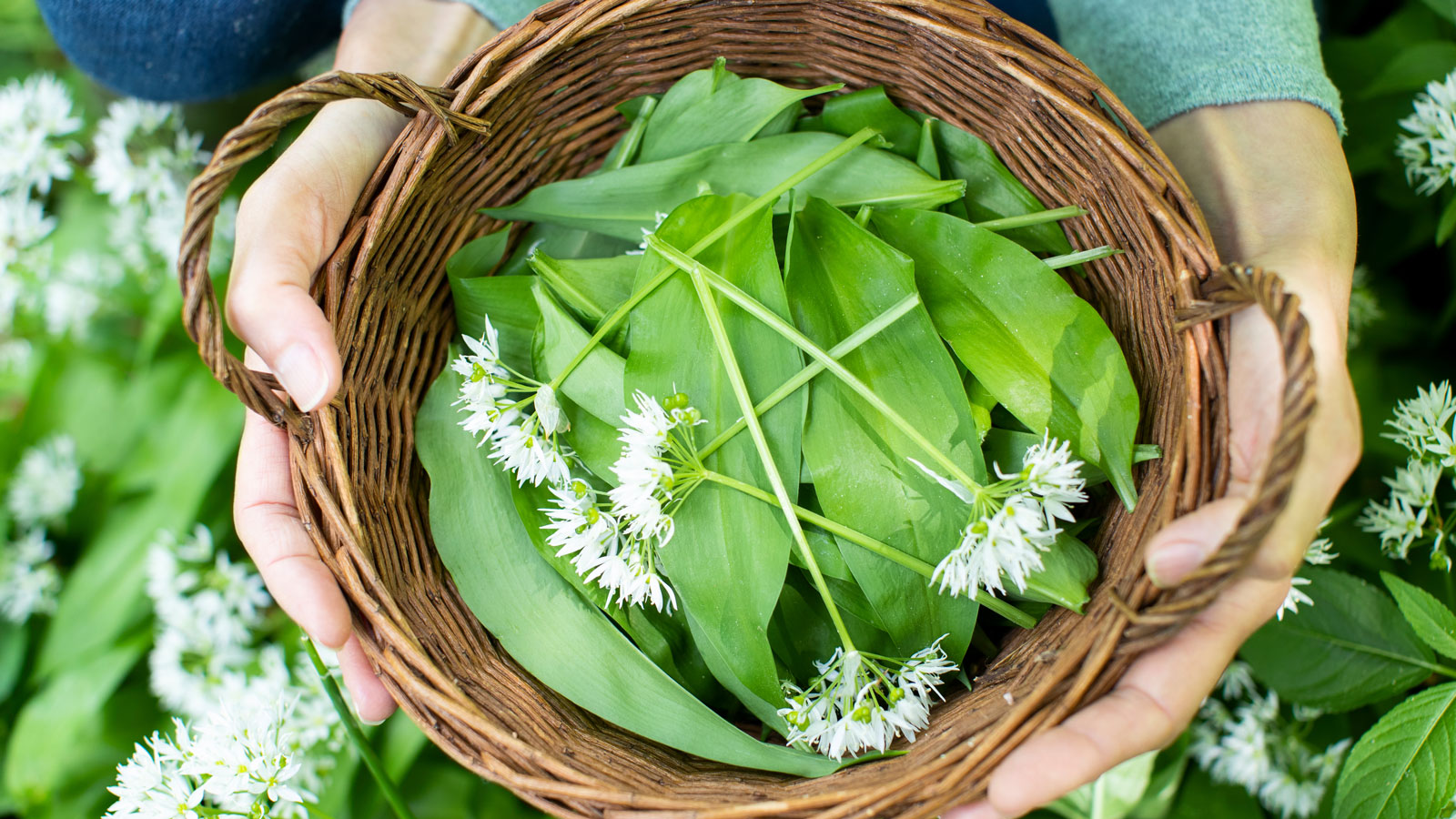
Parsley, sage, rosemary and thyme: you probably all know (and grow) the herbs Simon and Garfunkel sing about in Scarborough Fair. But beyond these common herbs, did you know there are countless tasty wild herbs that are yours for the picking? Some wild herbal plants that were used medicinally and as seasonings for centuries may have fallen out of favor in modern times, but they are still widely sourced, safe, nutritious and tasty.
Many of these age-old herbs may at one time have been considered herbal weeds, plants to be eradicated as quickly as possible – that is, until a recent resurgence in popularity for foraging (harvesting wild plants for food). Foraging for herbs is a delight that can take you on an adventurous trek, or simply as far as the borders of your own backyard. Either way, you can introduce new flavor profiles or find substitutes for an old standby. Feast your eyes on these wild and wonderful herbs.
The Best Wild Herbs To Forage – And Where To Start Foraging
You may already have a variety of wild herbs available in and around your herb garden and raised beds. These may typically be considered weeds, or they may be blooming perennials purposefully incorporated into your landscape. Alternatively, you may need to go farther afield to forage for wild herbs. If you’re going off the beaten path for your herbs, just make sure you are on land you can legally harvest from, and that the area is safe from chemical controls or runoff from roadways.
Keep in mind that wild herbs, just like wild spices, have a season. Just because you want to forage for it doesn’t mean it's good to take. Also, do not eat it unless you are positive you know what it is! Lastly, only take what you need. The general rule is to harvest less than 5% in a given area so the species can carry on and reproduce.
If you’ve decided to jump in and try your hand at harvesting wild herbs, you may not know where to look first. There are around 3,000 herbs found across the globe but not all of those will necessarily grow in your area. To narrow things down to the easiest and most readily available, here are my top 7 favorite wild herbs to forage.
1. Wood Sorrel
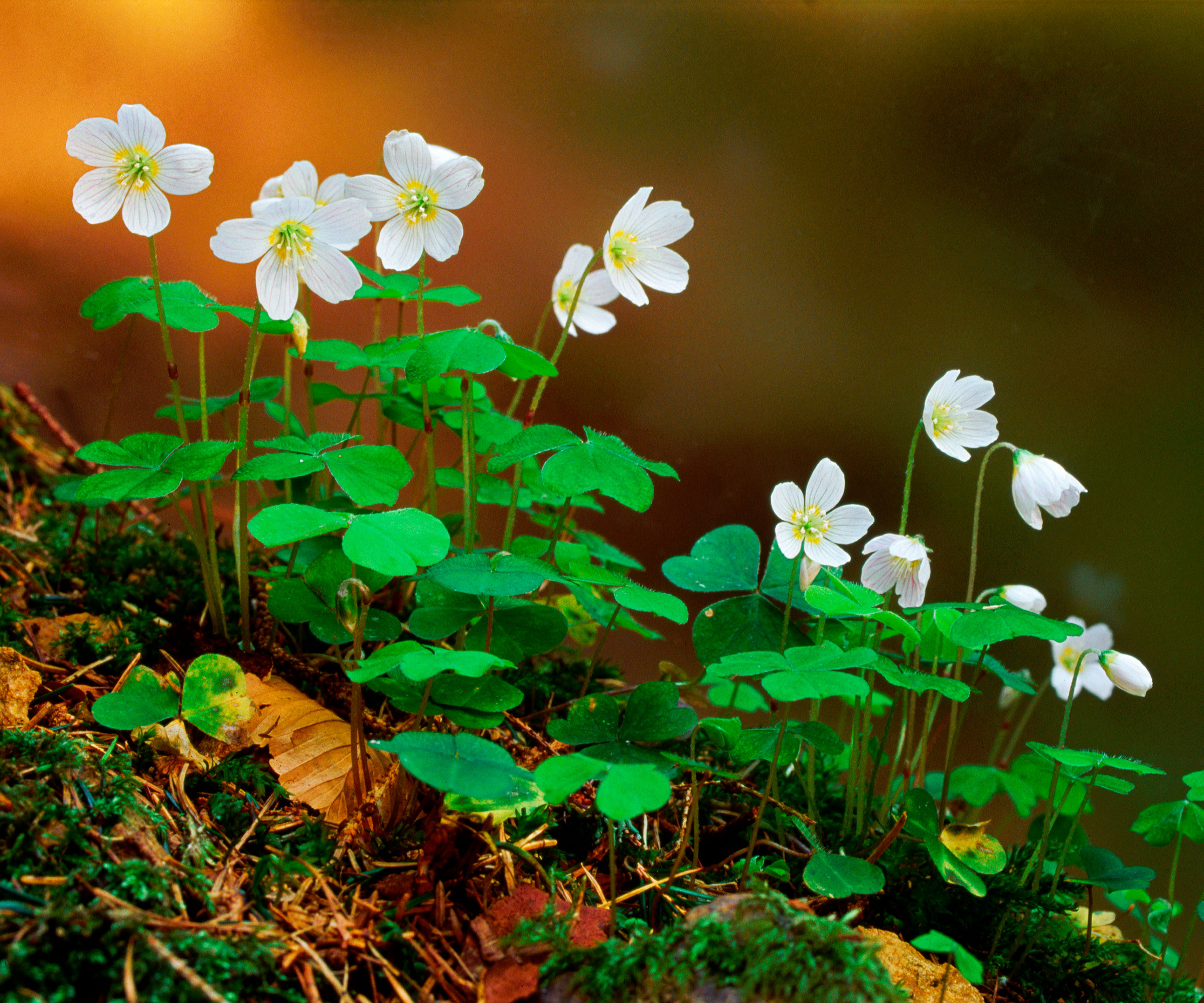
I adore citrus, so I love the flavor of wood sorrel or oxalis. Appearing in the spring, oxalis has a clover-like appearance. The plant spreads rapidly and is considered to be a noxious weed by many. There are over 550 species in the wood sorrel family of Oxalidacaea occurring throughout the world
Wood sorrel has long been used medicinally by native Americans for all manner of ailments as well as a yellow dye. Today, this lemony herb can be dried and used as a tea or to replace lemon or lime in dishes.
Sign up for the Gardening Know How newsletter today and receive a free copy of our e-book "How to Grow Delicious Tomatoes".
2. Dandelion
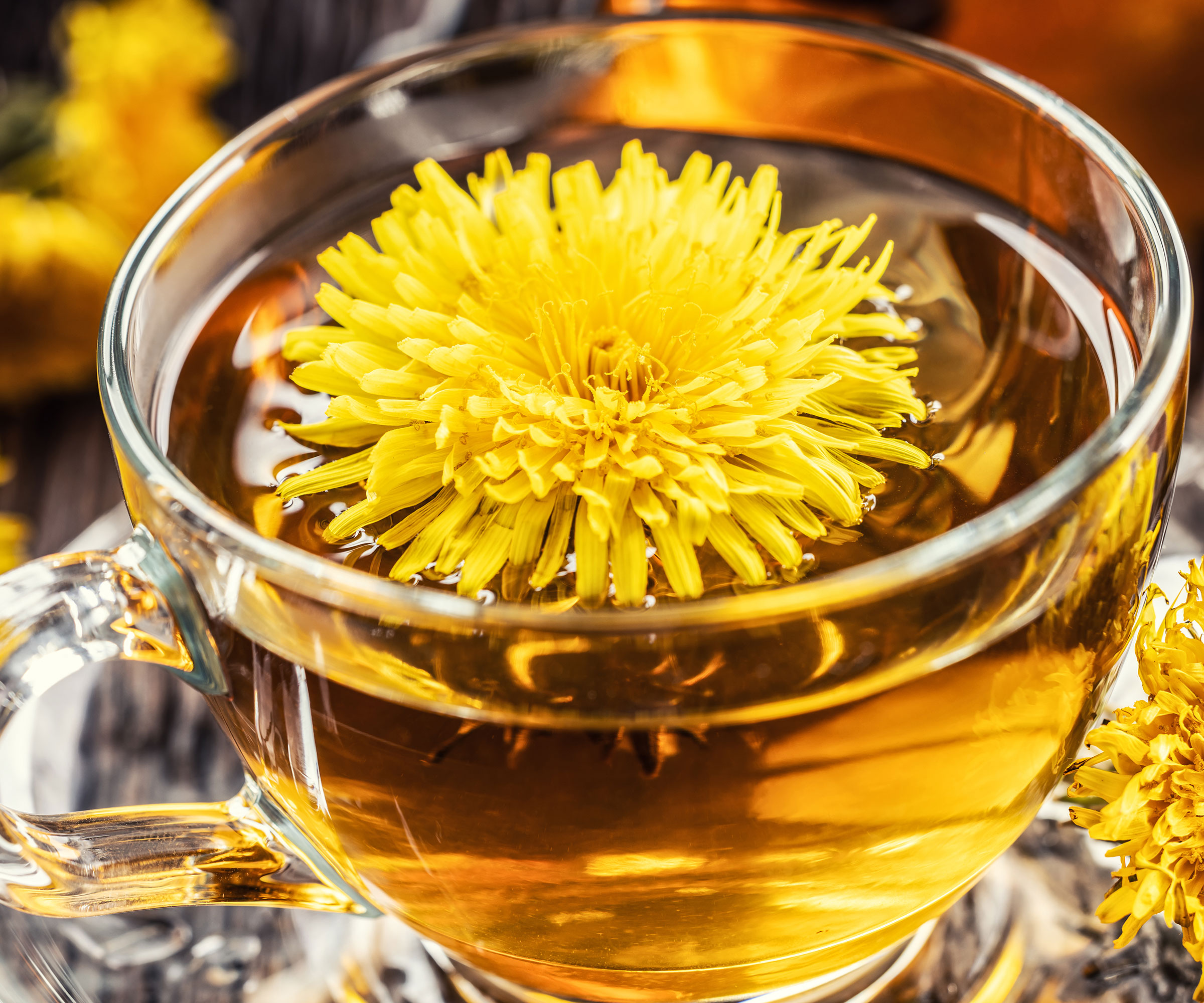
You likely won’t have to travel far to harvest this next wild herb (Taraxacum officinale). Dandelions are very common plants likely lurking in your own backyard. The dandelion greens are delicious, if slightly bitter, in fresh green salads or sauteed and eaten as a vegetable.
All parts of the dandelion are edible. Steep the fresh leaves and flowers for a light tea or roast the leaves and brew them for a caffeine-free coffee alternative that is bold in flavor. Dry the blooms and use them to tint rice dishes instead of pricey saffron. Just remember as you harvest to leave some for the bees. Dandelions are some of the first flowers to bloom, thus a critical food source for bees in early spring.
3. Nettles
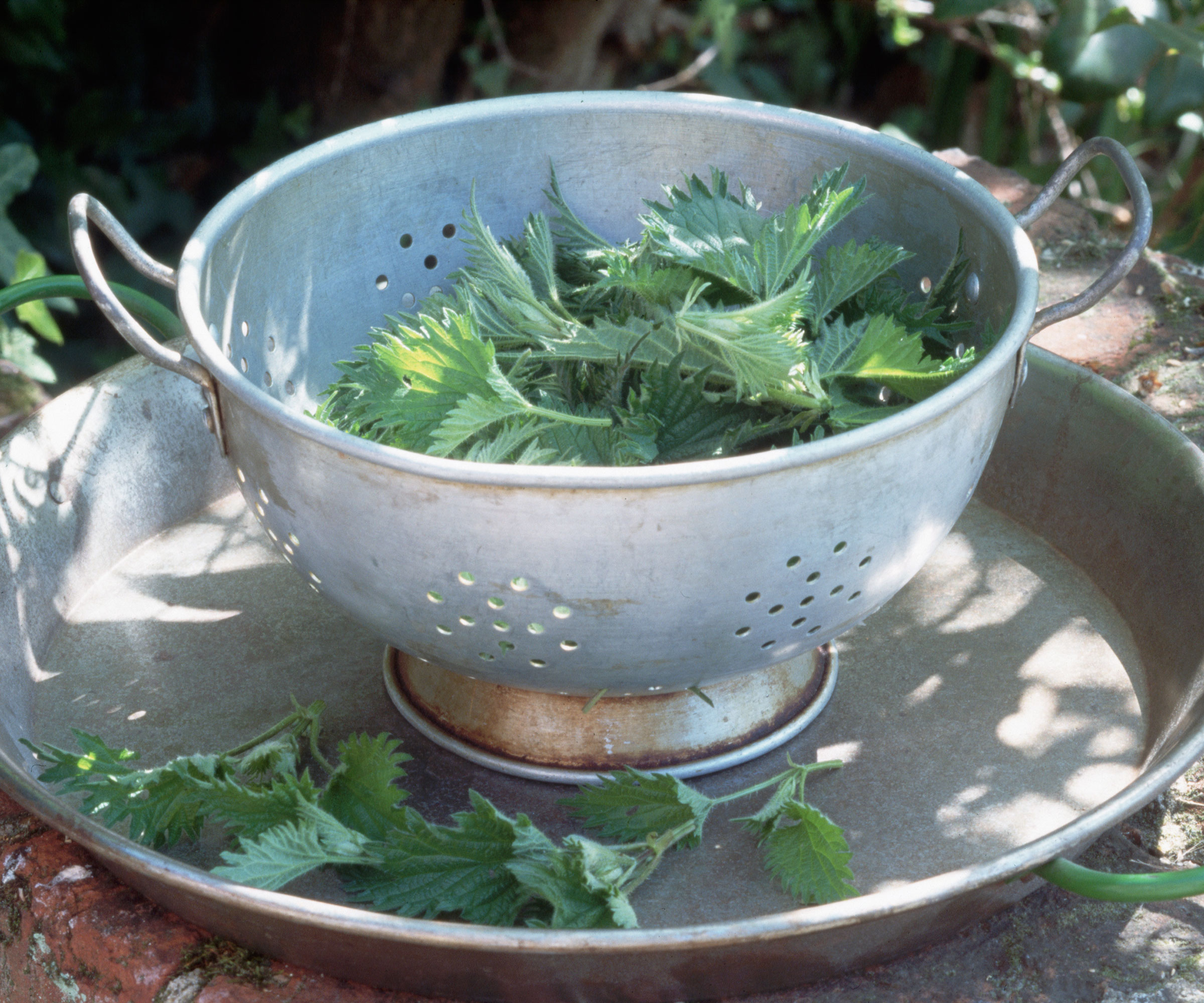
Stinging nettles are one of the most nutrient-dense plants full of iron and vitamins. Native to Europe, temperate Asia and western North Africa, they are now widely distributed in the United States and Canada. Nettles (Urtica dioica) have been used for centuries medicinally and as a tea or food.
This herbaceous perennial spreads through rhizomes and stolons. In the spring, the wiry, upright stems burst forth from the soil dotted with serrated leaves that can indeed sting and cause inflammation and burning on the skin. Use nettles anywhere you would use parsley or cook them as a vegetable. They have a grassy flavor compared to asparagus with a fermented and citrusy taste.
4. Ramps
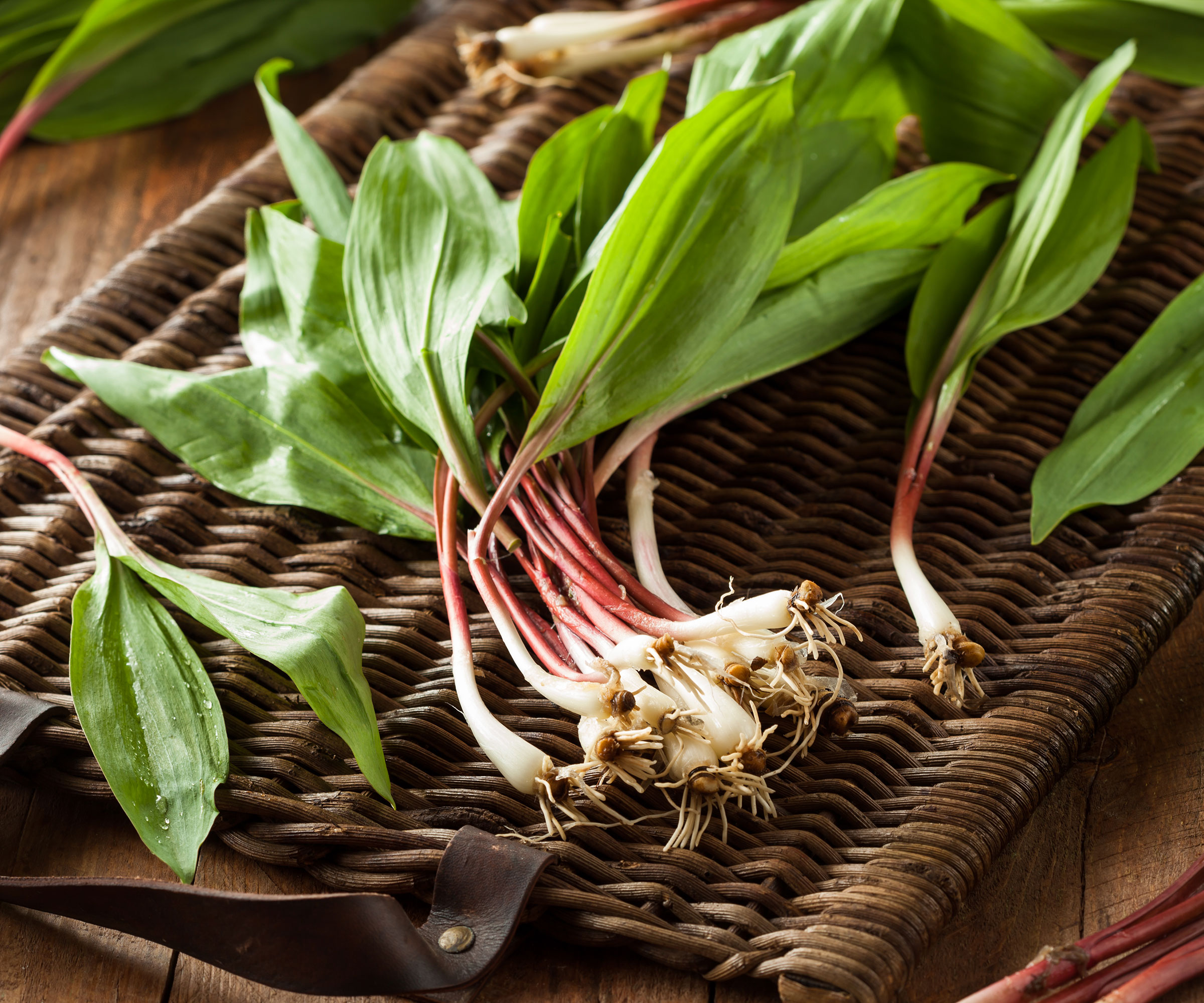
Ramps (Allium tricoccum) are a seasonal herbaceous plant in the allium family, with a flavor similar to leeks with an overtone of garlic. Absolutely delicious, ramps are only available in the spring where they can be found in the farmer’s market or by foraging for them. They can be cooked down like leeks or eaten fresh, as you would green onion or scallion.
Also known as wild leeks, ramps pop up in the spring in the Northeast, South and Midwest United States around April, just as the snow melts. They thrive in wet loamy soil in wooded areas. They are protected in Canada and other areas. If it is legal to harvest in your area, make sure you have a permit and harvest sustainably.
5. Chickweed
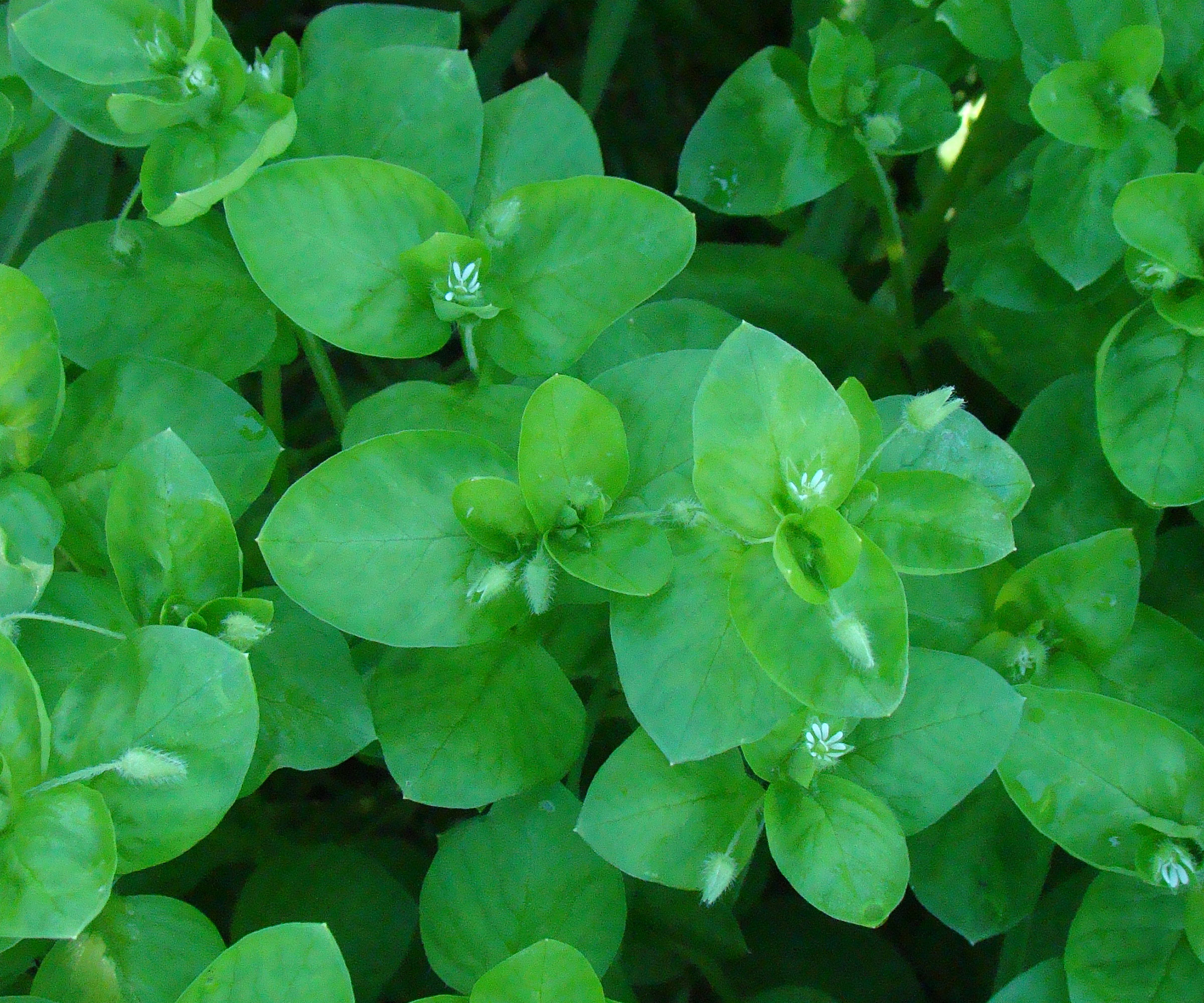
Chickweed (Stellaria media) is one of those herbal weeds mentioned above. It is commonly found throughout the world and is generally categorized as a weed. This hardy annual has hairy stems when young but as the plant matures, the hairs become absent. It has short, fat, pointed leaves and a low-growing habit. It prefers moist, shaded areas.
Sometimes cultivated as chicken food, hence the name, chickweed leaves can also be eaten by humans fresh in salads or on sandwiches, or cooked. Eaten fresh, this herb tastes like fresh corn – cooked, it is more like spinach.
6. Sumac
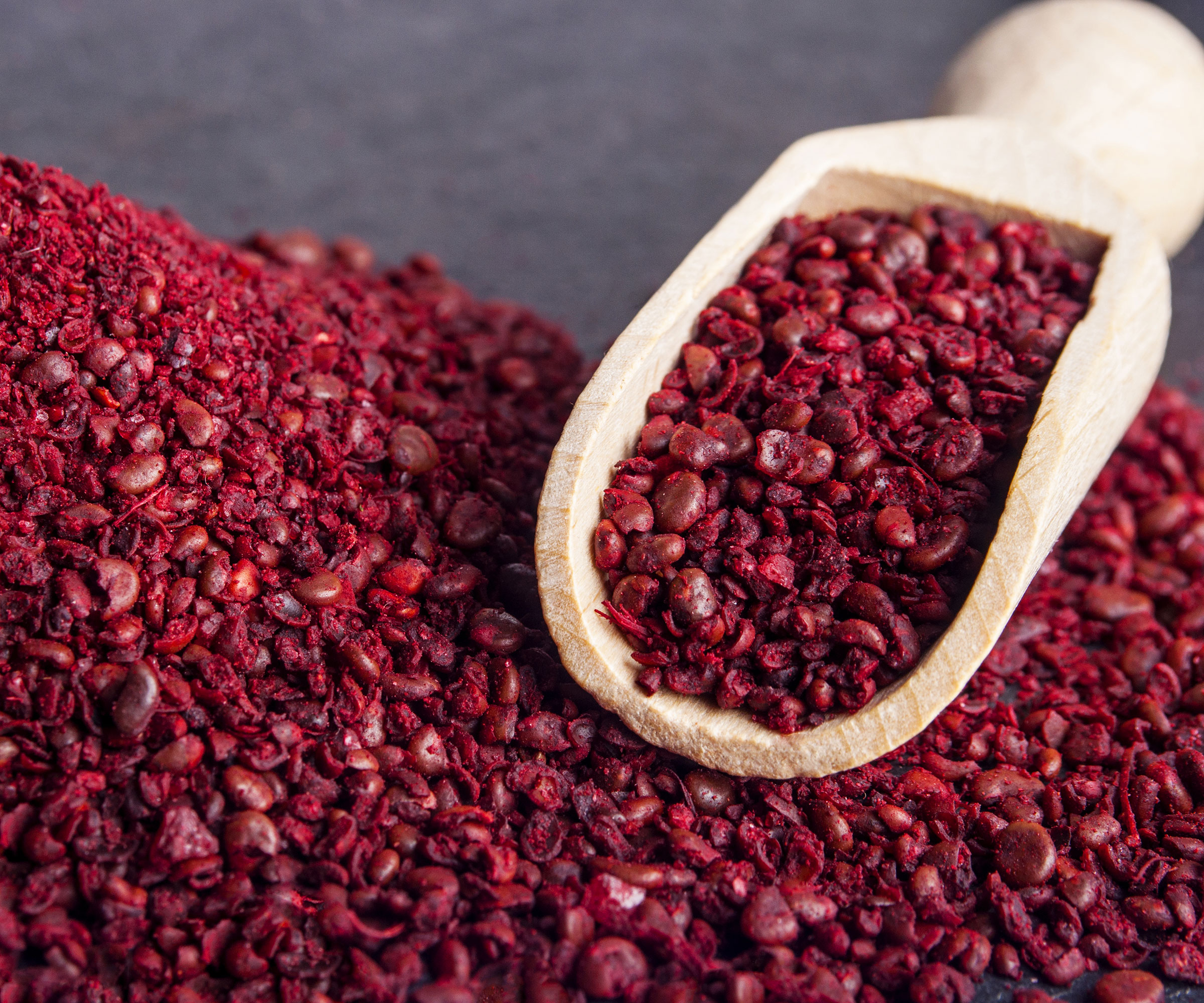
Sumac has been used as a spice, dye and medicine. There are 250 species of this herb that can be found throughout the globe. A note of caution when harvesting sumac, however. Some species of sumac are poisonous. The general rule is that if it produces red berries, it's edible – if it produces white berries, it's poisonous. On that note, Sumac is a member of the cashew (Rhus) family, which formerly included poison ivy and oak.
Sumac is a small shrub/tree with dense flower panicles or spikes that give way to red drupes. It propagates by seed spread by birds or rhizomes, forming large colonies. In some areas, it is considered an invasive or a nuisance species. The red berries have a terrific citrusy-floral and earthy flavor. Dried, this herb is a staple of Middle Eastern cuisine where it is used in marinades or sauces.
7. Burdock
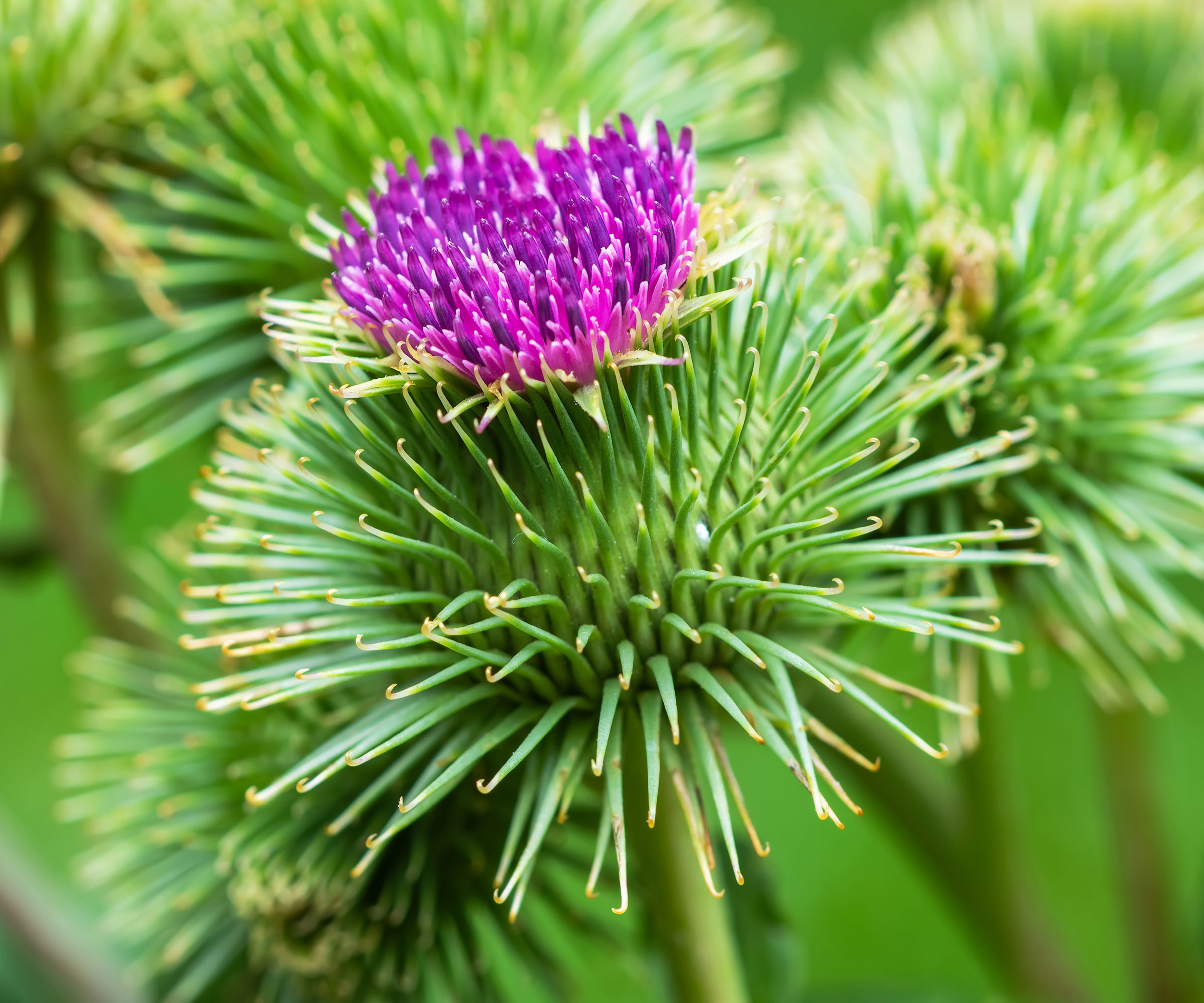
All parts of burdock (Arctium) can be eaten. The leaves are mildly flavored with a crunchy, stringy texture like celery. They can be eaten raw or cooked into soups and stews. Flower stalks and stems are also edible. The stems are used like asparagus, blanched, or sauteed. The root is often used as a substitute for carrots or radish.
Burdock originated in Europe and was brought to the Americas by the colonists and can be found through the US (apart from Florida, Texas and Hawaii). A member of the Aster family, burdock has dark green, coarse leaves. The lower leaves are heart-shaped and wooly on the underside. The plant flowers from early summer to fall and is a magnet for pollinators. It spreads easily via burred seed pods.

Amy Grant has been gardening for 30 years and writing for 15. A professional chef and caterer, Amy's area of expertise is culinary gardening.
